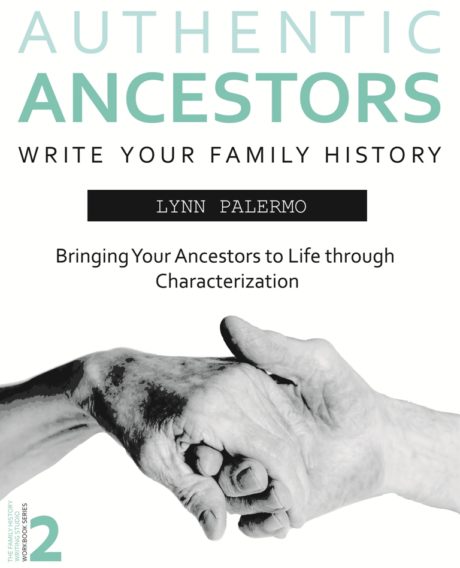The protagonist is the central character in a story. I’m going to assume you’ve watched enough movies and read enough books, that you understand every story has a protagonist. However, did you realize even your family history story should have a protagonist.
Your reader needs a focal character. Someone through whose eyes the story is revealed. Your reader needs someone to either approve or disapprove of and without a main ancestor as your reader’s emotional guide they will have no feeling for the story either way. Your family will begin to connect to your story when they identify with an ancestor, a protagonist in the story.
Here’s a few things you should look for when determining your protagonist ancestor.
Action
Your primary ancestor’s life needs to demonstrate action in his or her life. You need to be able to see that they acted upon the world and not merely reacted to the world. The events in their life are the action they will bring to the story. By action, I don’t mean an ancestor who was hyper and ran around in circles. Action is choice. You want the protagonist in your family history story to be an ancestor who made decisions in their life. The bigger the choice, the more significant the story, and the larger the story, the more compelling the read. Tell your family history story from the perspective of the ancestor that made the biggest choice.
Conflict/Fear
Look for the conflict in your ancestor’s life. That could be an outer conflict or an inner conflict or perhaps both. If that fear or conflict is something that your readers will identify with then, you probably have chosen a good protagonist.
Plot
Your principal ancestor must be crucial to the story’s plot. If you can write a story without them or a mere mention of them than they are not your protagonist ancestor. Their actions and choices should move the family history forward.
Relatable
Your readers should empathize with your ancestor. They should be real people, with real dreams and real problems. You want your main character at the very least to be somewhat likable. They should want to know them, maybe even become their heroes.
Flaws
A good protagonist should have a few flaws. Don’t shy away from choosing an ancestor with visible defects. It is in these blemishes that your reader relates to their ancestor.
Change
Storytelling is change. In your story, change occurs either because the protagonist changes, the world changes or the protagonist changes the world. But something must change. In your research, it’s important to identify the change both outer and inner change that your protagonist goes through.
If you would like to know more about identifying a protagonist in your family history story, we discuss this in great detail in Authentic Ancestors, Bringing Your Ancestor to Life through Characterization.



